My second visit to the Queen City of the South, better known as Cebu City, was longer and more memorable than the first. I had craft beers in a converted shipping container, lectured at a university and visited the digital newsroom of a national newspaper.
In the process, I learned that Cebu City is not Davao City. Some say Davao is becoming Cebu, in terms of traffic congestion and construction. And according to popular opinion, that’s not a good thing. The language spoken is similar, although in Davao the Visayan is commonly mixed with the national language, Tagalog.
Amazon family
I found the contrast between rich and poor even more stark in Cebu than in Davao. More shanty towns, but also more flashy high-rise office buildings. And then that Ayala mall in the business district. Holy cow, that has to be the most lavish shopping village on steroids I’ve seen in my entire life. It took Sophie and me almost half an hour to pick a restaurant among dozens of dining options available in the mall.
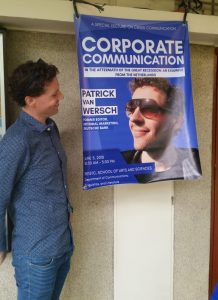
Pretty much next to Ayala there’s a big office complex owned by Amazon. It’s all virtual assistants and call center operators in there. It’s basically a shell of a company. I wander if the young Filipinos working there actually feel part of the gigantic Amazon family. Perhaps they’re allowed a monthly team lunch, all modest expenses paid.
But all sarcasm aside, I kind of liked the “easiness” of Cebu. There are more foreigners there, which makes you feel less of a “Joe.” Also, did I mention they have craft breweries? But getting around town is no picnic. It took us close to an hour and a half from downtown to get to the University of San Carlos where I lectured. On the way there we stopped for a big cardboard box container of fresh coffee from Starbucks to surprise the students with. I’d never seen anything like it. It took forever, but we arrived at the university in time for class, the brew safely stored in the back.
Pretty partisan
The students had made a tarpaulin with a huge picture of sunglass wearing me that was hanging next to the door of their classroom. It was a nice gesture that I wasn’t expecting at all. I talked for 45 minutes about my experiences with corporate communications and then had a lively Q&A for another 20 minutes or so. I really liked it and I’m actually looking into opportunities to lecture more often.
From the university we drove straight to the digital newsroom of national newspaper Sun.Star to have a meeting with Maria Cabaero, editor-in-chief of the Sun.Star Network Exchange. We talked about her paper’s community news network approach and what it’s like to do journalism in the Philippines. As someone who’s writing and trying to get some of that stuff published, it was very interesting and enlightening to sit down and talk with such a seasoned journalist who knows the media landscape in the Philippines so well.
From what I’ve seen so far, my impression of that media landscape is that there are many different outlets, but not a lot of different perspectives. Papers, TV and radio stations are generally pretty partisan and it’s difficult to find biasfree, hard-hitting, investigative journalism. This year, the Philippines, “despite being touted as the country with the freest and liveliest press in Asia,” sank in the World Press Freedom Index. It’s now 133rd out of the 180 countries on the list. Globally, the press and news outlets in general are in a tough spot due to declining readership and changing business models. In the Philippines, the added burden is not knowing whether you’re actually safe to do your job.
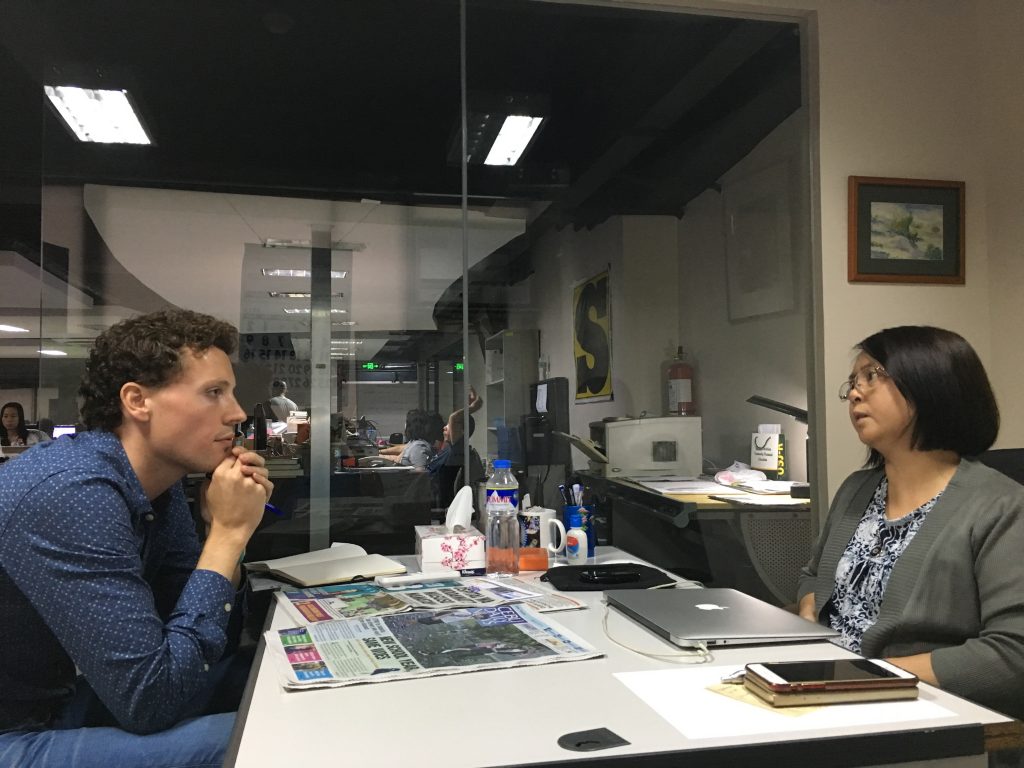
Progress from a distance
On our last day in Cebu we stopped for a traditional lechon (roasted pork) lunch at a little roadside restaurant. The owner was surprised Sophie and I dug in using our hands – like everyone else. Together with rice and papaya salad, it was a hearty meal that stayed with me well past dinner time. I do get the appeal of lechon, but as with durian fruit, I’m not sure I’ll try it again. Some things are best enjoyed just the one time.
Landing in Davao felt a little bit like coming home. I’ll definitely return to Cebu, probably more than once. However, Davao, to me at least, still seems to have more of a soul. Holding on to that spirit, while at the same time creating opportunities for everyone’s benefit, will be the city’s – and region’s – principal challenge. I’ll observe the progress from a distance, but not too far to see.
And finally, could someone please look into opening a craft brewery in Davao already!?


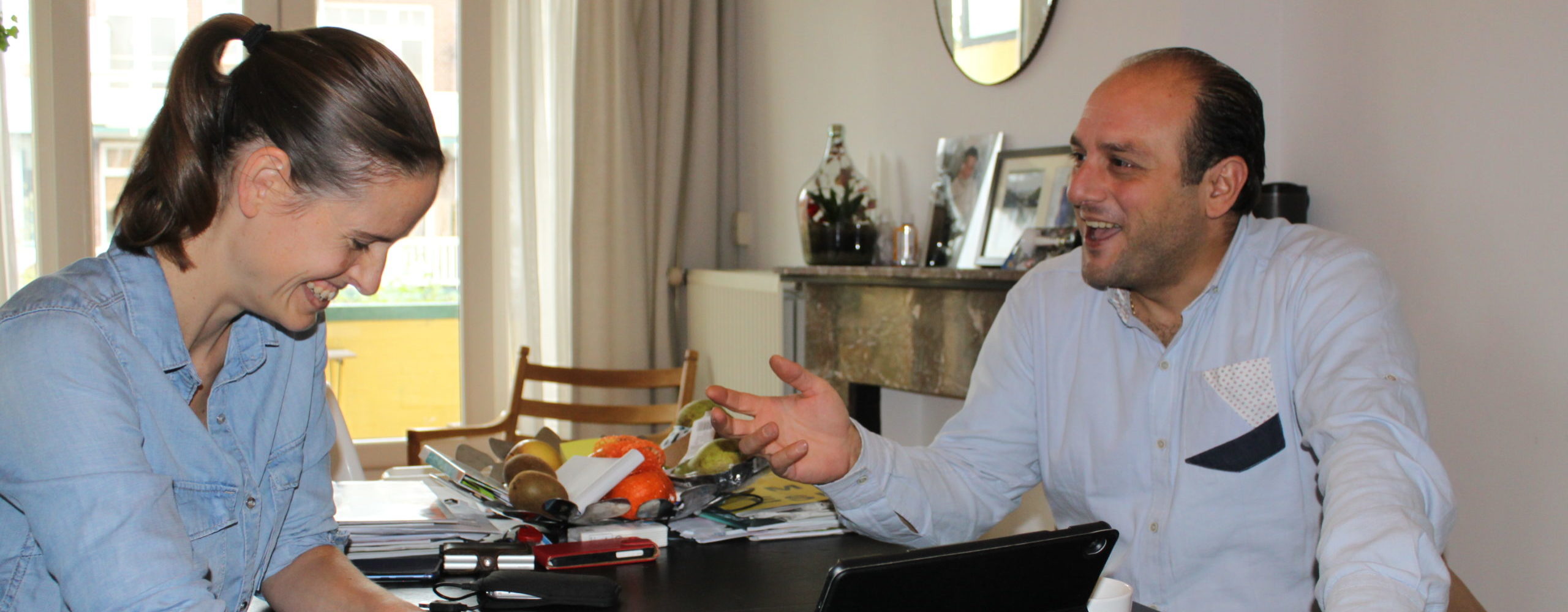



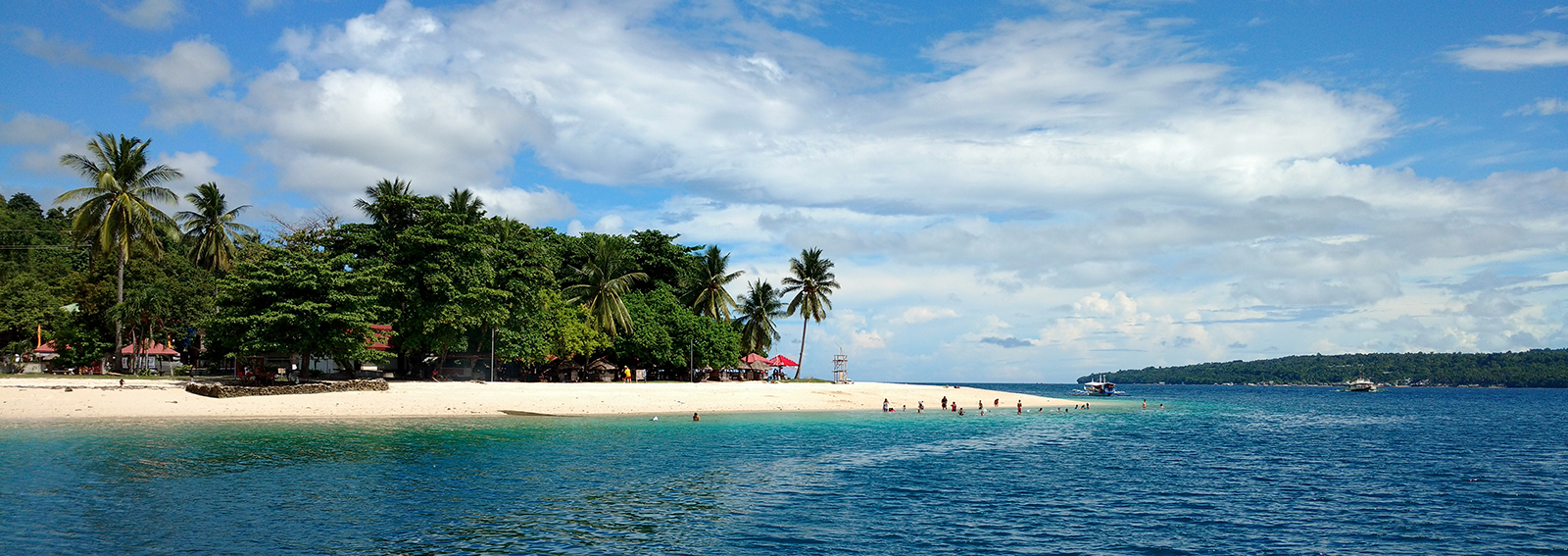
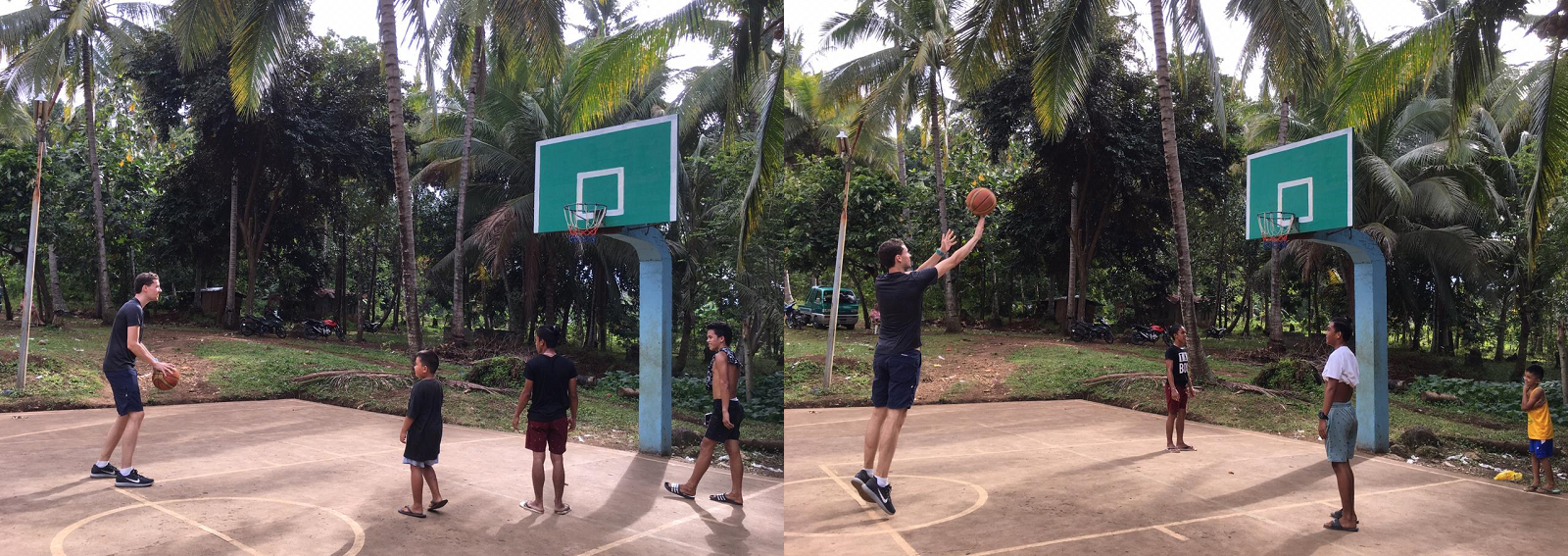


Shopping village on steroids ? wat een leuk artikel. Het voelde persoonlijker, mede door de grapjes en “lossere” zinnen als je begrijpt wat ik bedoel. Zeker de zin waar je mee afsluit hihi?